Campus party: A Carnival of Technology, Making and Start-ups
Before talking about Campus Party, let’s have a quick look at LAN Party.
LAN Party is defined as a group of people voluntarily bringing their computer, using the same regional network and doing something together. More often than not, this kind of party is for gaming. A group of friends gaming in the same classroom can be a small-scale LAN (Local-area network) Party. Many companies hold competitions in large LAN Parties, providing food and accommodation services.
Campus Party is a type of LAN Party. The objective of Campus Party is for participants to share and discuss new technologies and viewpoints in different domains. It was first held in Spain in 1977, later in Mexico, the United States, Ecuador, Germany and other countries. Today, Campus Party has become a brand name. It attracts innovators, company creators and owners, designers, players and engineers to discuss different issues and have a Hackathon. The party lasts for a week, and is open to the public 24 hours a day. They provide tents for participants to stay and they can talk with others whenever they want.
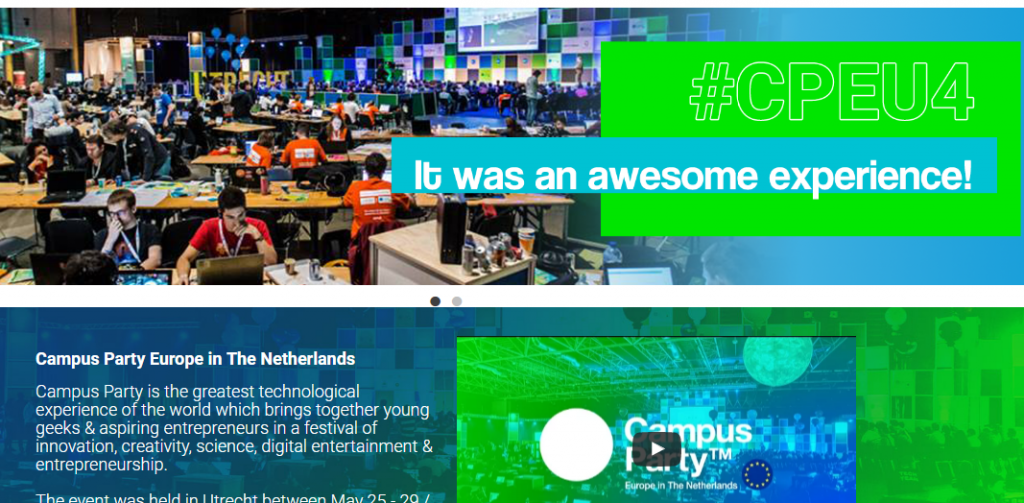
This year (2016), Campus Party Europe was held in Utrecht, the Netherlands, from the 25th to the 29th of May. Entrepreneurs and makers from Taiwan, including Industrial Technology Research Institute, Institute for Information Technology and T.Y. Makers (桃園市自造者協會) participated the event with the help from Taiwan Globalization Network.
This time, we interviewed Jim and Pan Chih-Hsiang T.Y.Makers and let them share with us this carnival of technology, making and start-ups.
Workshop: My new diet
This year, the Campus Party was divided the into 5 themes: Innovation, Creativity & Social Impact , Entrepreneurship, Digital Entertainment and Science. There was also a main stage, a Hackathon and tents for participants to stay. Concerning activities, there were opening forum, talks, workshops and challenges for Hackathon.
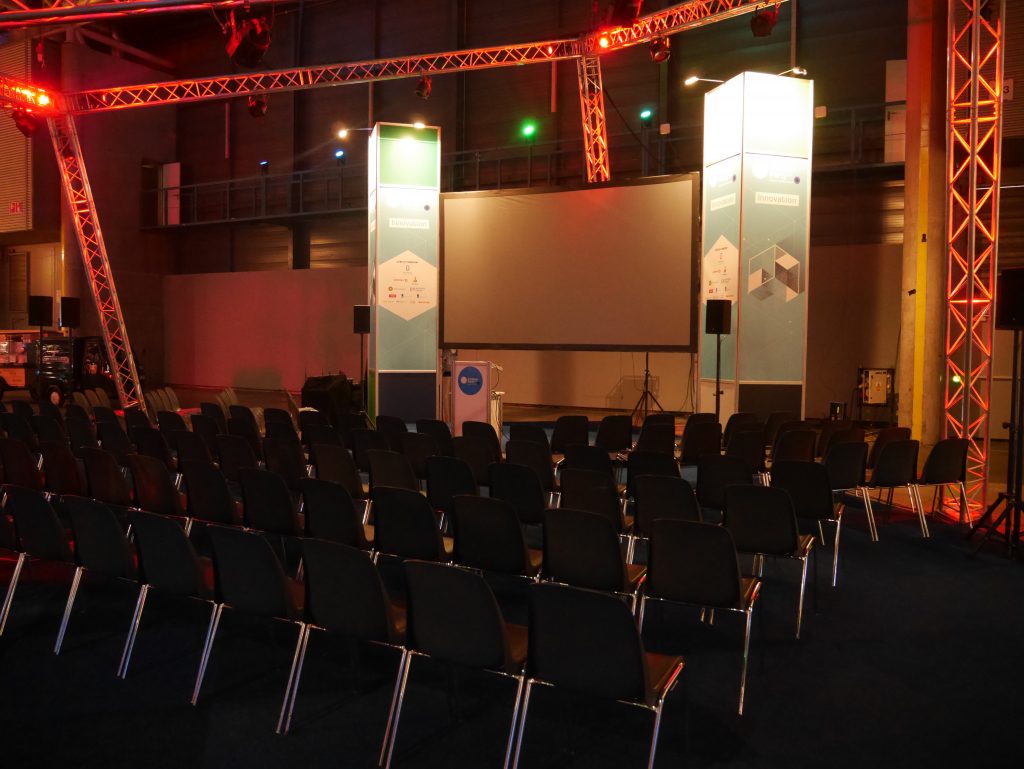
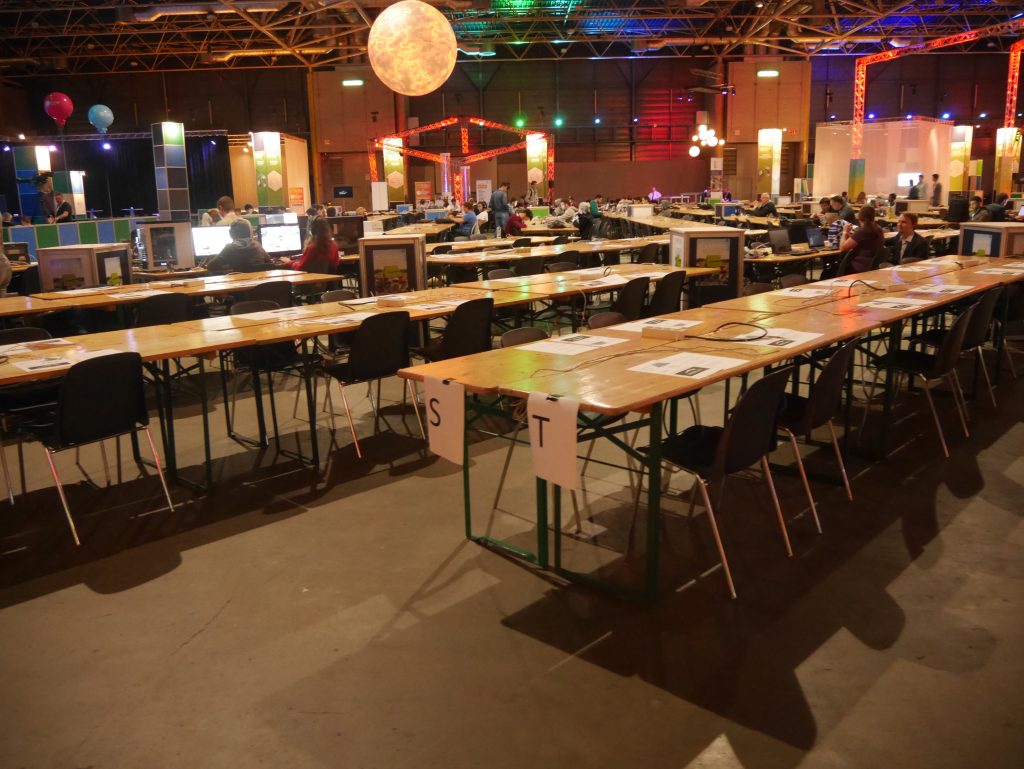
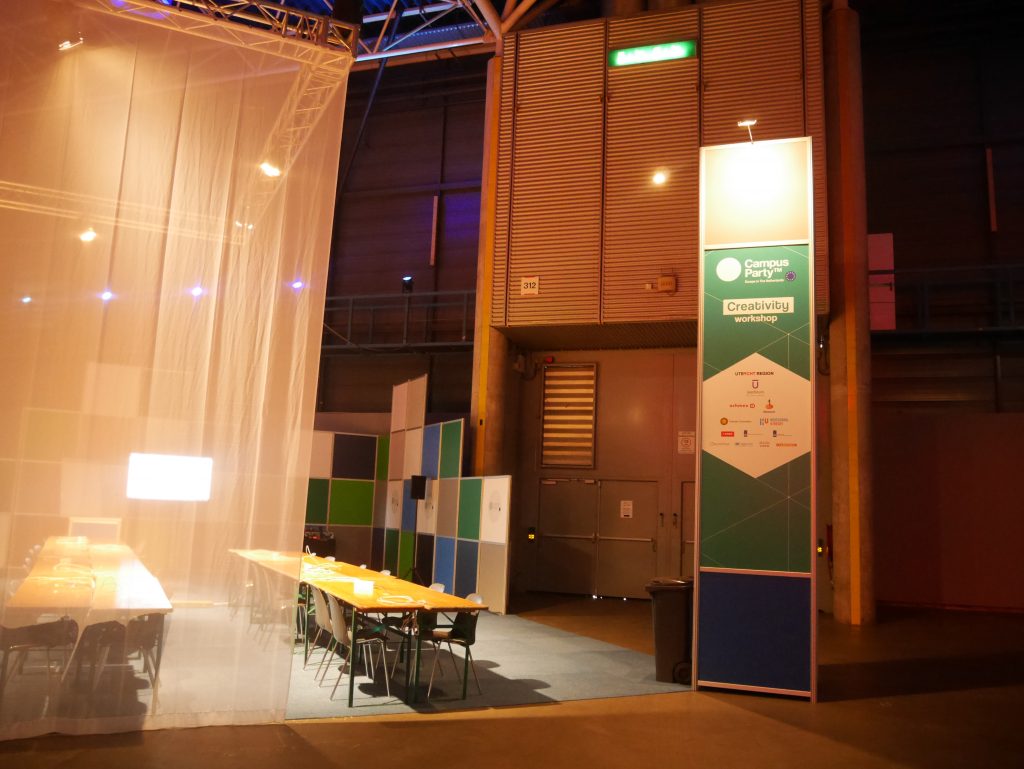
Pan Chih-Hsiang, project assistant of ORDEN Dynamic, share his experience in the workshop of “My new diet.”
“As the world population increases, more and more gigantic cities appears. Can the logistics system today handle cities with more than 5-million residents? Thus, people must consume compressed food with high energy, like those high-protein insects. Another approach is to improve the system. In the workshop, we were asked to ‘create’ a real person with height, weight, work, family, situations the person might encounter and want to avoid. Then, we tried to add in our new diet based on the observation of his/her pain points, gain points and what this person wants.”
Discussing with people with different backgrounds is very interesting, said Pan Chih-Hsiang. “At the end, the mentor said the character we created was very much like his mother, very real. The character goes for exotic cuisine courses every week and some day, she brings a new dish home.”
Booths, band and nightclub-like competition field for UAVs
The other member, Jim, talked about some features of Campus Party. First of all, the element of “female” was clearly added onto the scene. There was a hostess on the main stage. A female local entrepreneur was invited as keynote speaker of the opening. In addition, the fourth day of the party was “Girl in Tech & Family day.” Girls were invited to do coding together and many activities were held for families.
One can really get the feeling of being in a carnival there. Rows of white tents in the Camping place were spectacular. Outside the door, there were deck chairs set for people to discuss and socialize. “I saw a young guy with his instrument inviting people singing and clapping with him. When the song finished, he nodded to the audience and left. Only then did I realize that they guy himself was just a participant of the party!”
There were other impressive elements: robot soccer field, Maker zone with many hand-made works, and a LED decorated field for UAVs competitions. With dim lights and electronic music, it was just like being in a nightclub.
In activities like this in Taiwan, we often see booths providing samples while asking you to fill questionnaires. However, Campus Party provided us with a completely different experience. Utrecht government exhibited the city map on a touchscreen on GIS system, enabling people to experience how buildings are built and roads are constructed. We saw consultants sitting on sofa ready to take any question.
Of course, T.Y. Makers had their own booth. “We took our Burr Puzzle there and to our surprise, it was a success. Participants didn’t want to get the answer directly. They asked about the philosophy behind and insisted on completing the task themselves. One of them even set there for 3 good hours.”
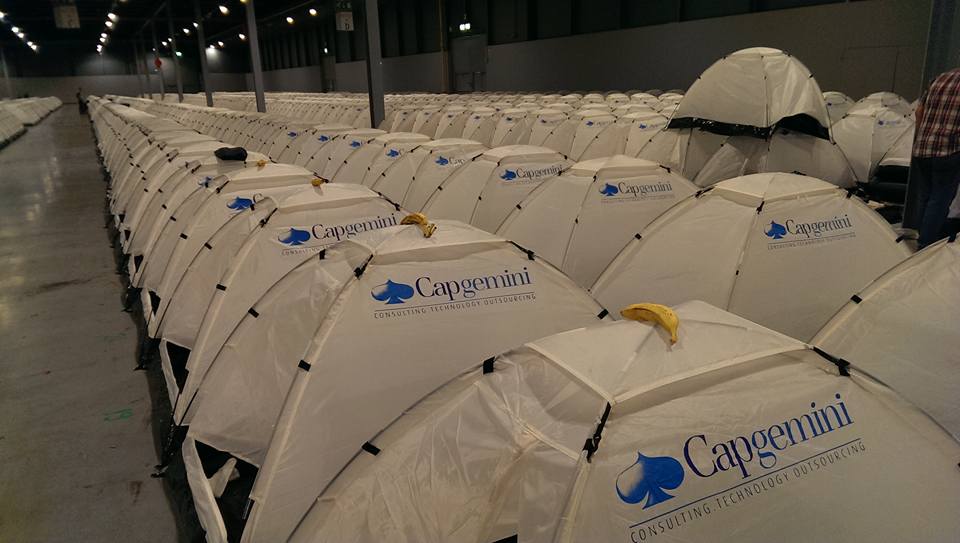
Campus Party does not care that much about ‘number’
This year, Campus party set 27 challenges for Hackathon. “27 subjects is a lot! It is hard to imagine that there were participants and good projects for every single issue. However, the issues were there for you to try!”
Since there were many talks (250 talks in 5 days), some of them were less “crowded” than others. Jim shared his experience in one talk. The speaker waited for a while after the scheduled time and began by saying “I will not use microphone then” when a few participants went in. It seemed than “number” was not what mattered the most.
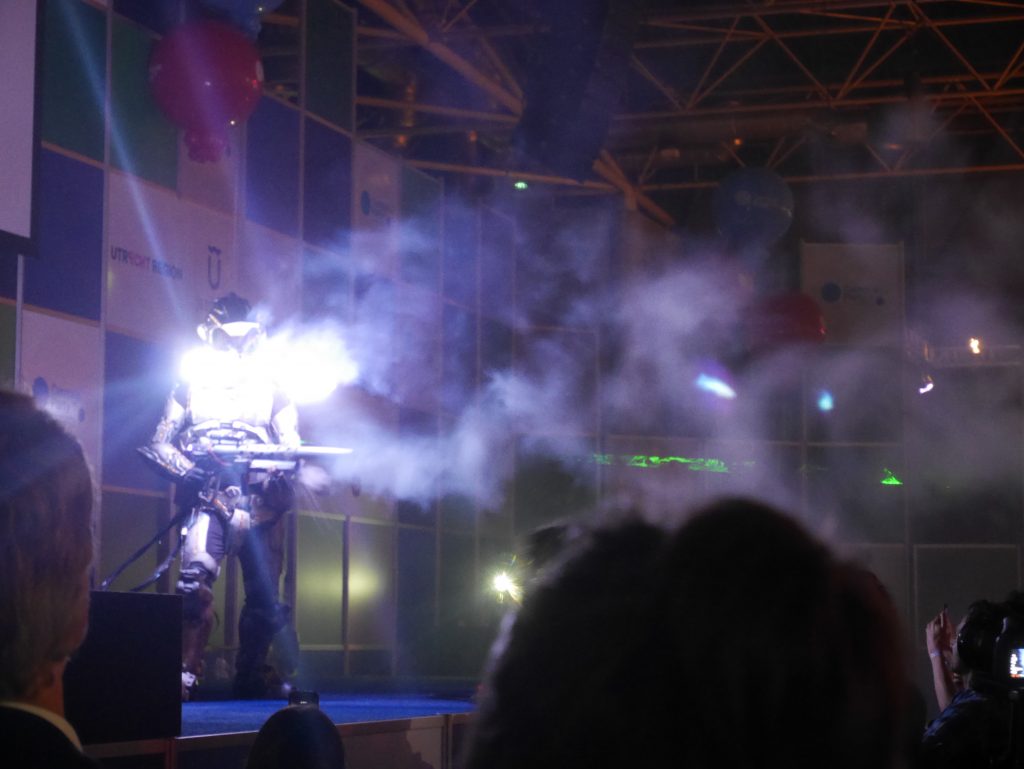
To conclude, Campus Party was less commercial but more inspiring. Groups pitched less. Projects were not as complete. The Hackathon emphasized on brainstorming, creativeness and creation. On the other hand, rules were not fully respected. For example, there were groups that did not have members coming from more than one country, which was against the rule.
Campus Party did not care much about “numbers.” They emphasized on “creating an environment for participants to brainstorm.” This can really serve as a model more similar activities in Taiwan.
中文版連結
Cover photo from Jim











留言討論